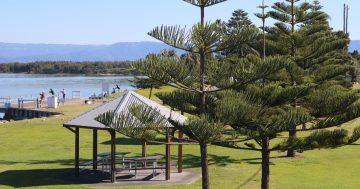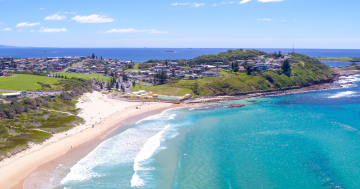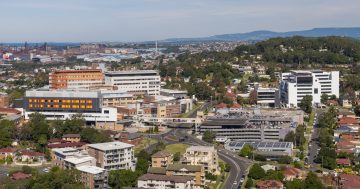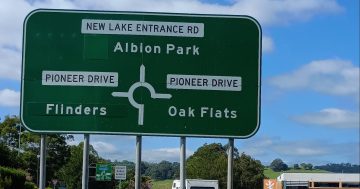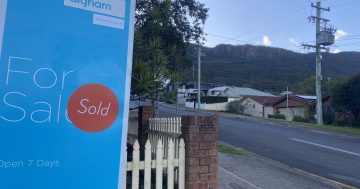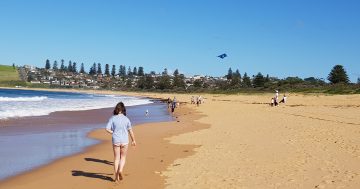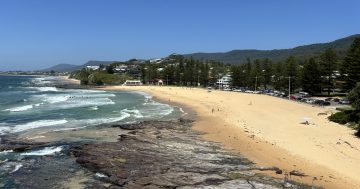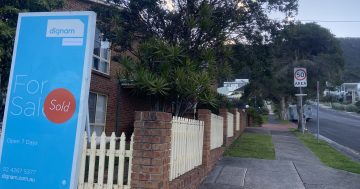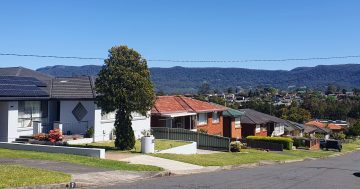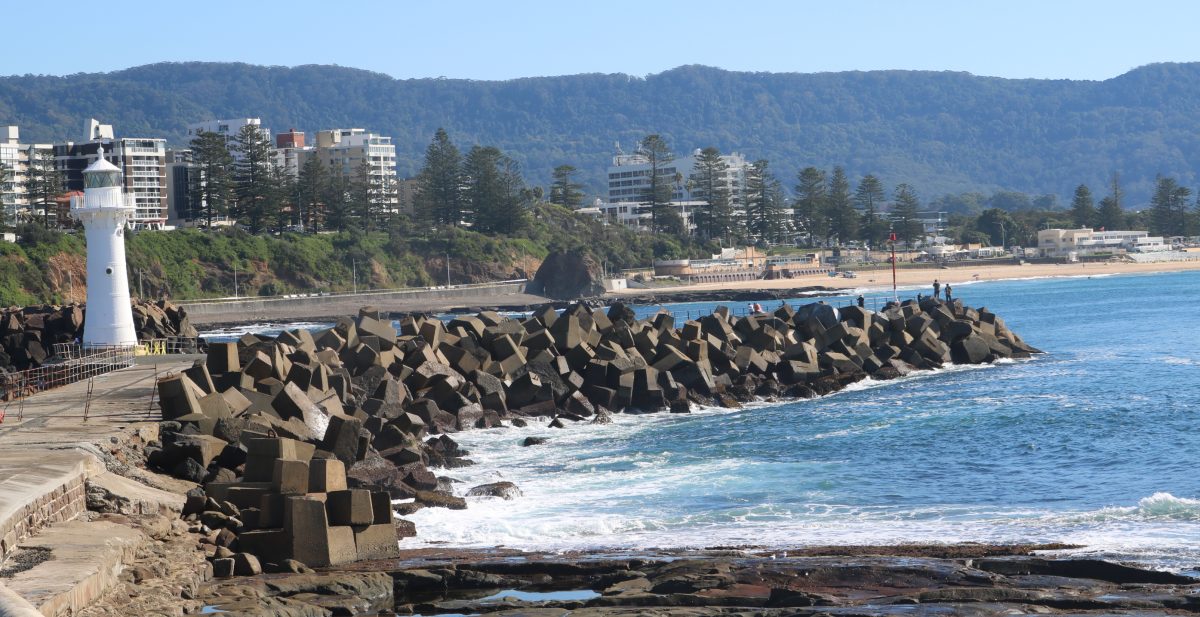
It might be a good time to house hunt in parts of Wollongong. Photo: Jen White.
CoreLogic’s national Home Value Index (HVI) is in for November, with strong indications the Illawarra will follow the broader national trend in entering a buyer’s market.
The national index rose by just 0.1 per cent in the last month of spring, the weakest Australia-wide result since January 2023. The downturn is gathering momentum in Melbourne and Sydney, mid-sized capitals that were leading the way in recent growth are losing steam, and while regional housing trends overall have been a little stronger with the combined regional index rising 1.1 per cent, the Illawarra went the opposite way.
The region was down 0.6 per cent across the whole dwelling market over the three spring months of September, October and November.
CoreLogic head of research Eliza Owen said the trend could continue into the new year.
“It could be that this slight cyclical downswing we’re seeing across Illawarra continues into early 2025, as there’s probably not much to stimulate demand on the horizon,” she said.
The CoreLogic HVI reported that the outlook for housing markets has arguably deteriorated over the past month, with core inflation holding high, labour markets holding tight, and the chances of a rate cut early next year becoming less likely.
Rising geopolitical risk was also cited as a contributor to uncertainty, including war in the Middle East and Ukraine, the implications of a new Trump presidency and Australia’s own federal election is around the corner, in which housing policy would likely be spotlighted.
“Financial markets are pricing in a rate cut around the middle of next year, while economists from the Big Four banks are expecting rates to drop sometime between February and May. Until interest rates come down, it’s hard to see the weakening housing trend turning around,” it stated.
The HVI said one or two rate cuts could shore up a declining trend in home values, but stopped short of claiming there would be the material upward pressure returning before interest rates reduce more substantially and affordability barriers are less formidable.
“At this stage for the Illawarra, because it is such an expensive market, it looks like there are more headwinds for sellers in the short terms,” Eliza said.

CoreLogic’s Eliza Owens says the Illawarra property market hit a cyclical peak at the end of winter. Photo: CoreLogic.
Purchasing and sales activity in the Illawarra appears to be winding down as well.
“I would characterise the Illawarra market as having just passed a peak transaction period. Prices as well seemed to have hit a recent high in August, and over spring we started to move past that,” Eliza said.
“It looks like the spring selling season has resulted in home sellers losing out a little bit to buyers and that’s a function of buyer demand not keeping up with the rate at which homes are being listed for sale. This has resulted in the price falls we’ve seen in the three months to November.”
Data suggests it’s a good time to house hunt in parts of Wollongong, which saw sharp declines in the spring quarter. Mount Ousley was down 4.5 per cent over the period, Towradgi was second with a 4 per cent drop and Bulli house values went down 4.5 per cent.
But it wasn’t all bad news for sellers in the region. The top-performing markets over the past three months were largely unit markets. Oak Flats units topped the list with an increase of 6.4 per cent over spring, followed by Albion Park Rail units where values were up 5.7 per cent, and Figtree, up 5.3 per cent for the season.
The best-performing house market was Gerroa, sitting up 3.2 per cent, with the median house value for the month landing at over $2 million.
On the rental front, national rental growth cooled to 0.2 per cent in November. The slowing appreciation is seen across most markets due to a combination of lower population growth, less overseas migration and a gradual recovery in the average household size.
It’s hard to say what this means for the Illawarra rental market, which remains stubbornly tight, but there may be a glimmer of hope for some relief.
“For the Illawarra across house and unit market average rent growth is sitting at 4.2 per cent. That’s lower than what we’re seeing across regional NSW more broadly, where rental values are still up 6 per cent in the past 12 months,” Eliza said.
“The dynamic in the rental market comes back to supply and demand. On demand in particular, net overseas migration is normalising and that’s helping slow demand for rentals. More people are also reverting to share housing or staying home with mum and dad longer before entering the rental market, to cope with cost-of-living pressures and high rents.
“It’s reasonable to expect a slowdown in the growth of rents, but supply remains pretty tight in regional NSW, and that’s sustained some of the growth over the year.”









